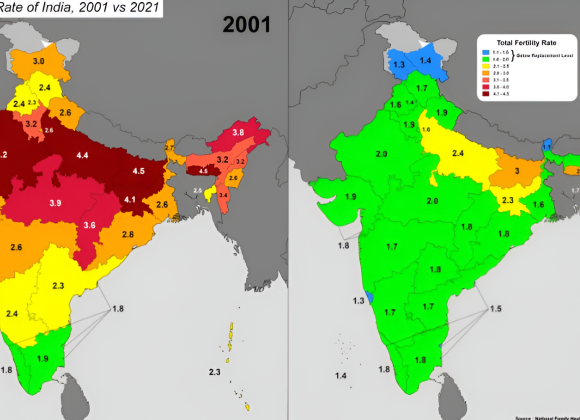What is Vitiligo?

Vitiligo is a chronic skin condition that causes white patches due to the loss of pigment-producing cells (melanocytes). Its exact cause is unclear but is linked to autoimmune responses, genetics, and environmental triggers. Common symptoms include white patches on the skin, premature graying of hair, and pigment loss in the mucous membranes. While not harmful or contagious, vitiligo can affect self-esteem. Treatment options include topical medications, phototherapy, and, in severe cases, skin grafting. Cosmetic camouflage can help manage appearance, and emotional support is beneficial for coping with the condition.
Common Myths about Vitiligo in India
India has the highest reported cases of vitiligo in the world, with studies indicating that up to 8.8% of the population is affected in certain regions. This is significantly higher than the global average of 1-2%. The condition is particularly common in Gujarat and Rajasthan, where genetic predisposition, consanguineous marriages, and environmental factors contribute to its higher occurrence.
Despite the large number of cases, India has multiple myths and misconceptions about vitiligo, including beliefs that it is contagious, caused by eating certain foods (like milk and fish together), or a result of past sins. These misconceptions often lead to social stigma, discrimination, and emotional distress for those affected. Increasing awareness and medical education can help dispel these myths and promote better acceptance of vitiligo in society.
1. Myth: Only Dark-Skinned People Get Vitiligo
Fact: Vitiligo affects people of all skin colors. However, it is more noticeable in those with darker skin because of the contrast between normal and depigmented areas. Globally, about 1-2% of the population is affected by vitiligo, regardless of race or ethnicity.
2. Myth: Vitiligo is Contagious
Fact: Vitiligo is not contagious and does not spread from person to person through touch, sharing food, or close contact. It is an autoimmune condition where the body’s immune system mistakenly attacks melanocytes (the cells responsible for skin pigmentation), leading to white patches.
3. Myth: Eating Certain Foods like Milk & Fish Together Causes Vitiligo
Fact: There is no scientific evidence that diet causes vitiligo. This belief likely stems from misconceptions about food interactions. Vitiligo occurs due to melanocyte dysfunction, and its onset is unrelated to consuming dairy, fish, or citrus fruits. However, a balanced diet rich in antioxidants can help support skin health.
4. Myth: Vitiligo is a Result of Past Sins or Karma
Fact: Vitiligo is a medical disorder, not a spiritual punishment. It occurs due to a combination of genetic, autoimmune, and environmental factors. Studies suggest that about 30% of cases have a family history, indicating a genetic predisposition rather than any supernatural cause.
5. People with Vitiligo Should Avoid Marriage
Fact: Vitiligo does not affect a person’s ability to lead a normal life, including marriage and relationships. Although vitiligo has a genetic component, it does not always pass to children. In fact, the chances of inheriting vitiligo are less than 10%, even if a parent has the condition. The stigma around marriage is purely a social misconception rather than a medical fact.
6. Vitiligo is the Same as Leprosy
Fact: Vitiligo and leprosy are completely different conditions:
- Leprosy (Hansen’s disease) is a bacterial infection caused by Mycobacterium leprae, leading to skin lesions and nerve damage. It can be treated with antibiotics.
- Vitiligo is an autoimmune disorder that causes loss of skin pigmentation. It is not infectious.
7. Vitiligo Affects Physical Health or Reduces Life Expectancy
Fact: Vitiligo is a skin condition and does not impact overall health, intelligence, fertility, or lifespan. However, individuals with vitiligo may have a higher risk of autoimmune disorders like thyroid disease, type 1 diabetes, or pernicious anemia. Regular health check-ups can help detect and manage associated conditions early.
Takeways
- Vitiligo is not contagious—it is an autoimmune condition where the body’s immune system attacks pigment-producing cells (melanocytes).
- Vitiligo does not affect overall health or lifespan, though it may be linked to other autoimmune conditions.
- There is no permanent cure, but treatments like phototherapy, topical medications, and melanocyte transplantation can help manage the condition.




